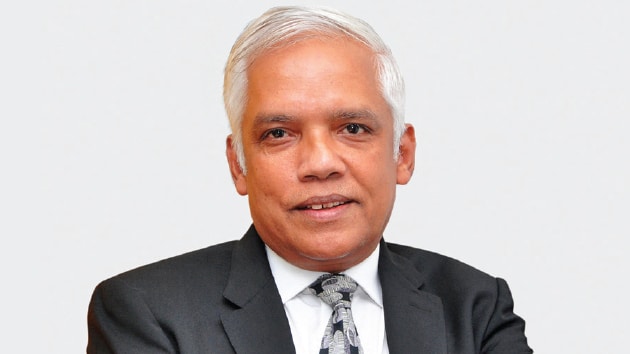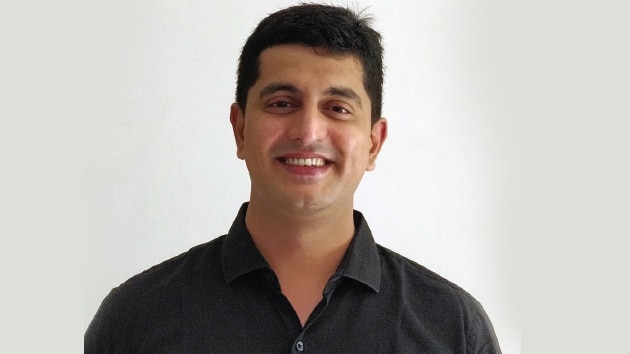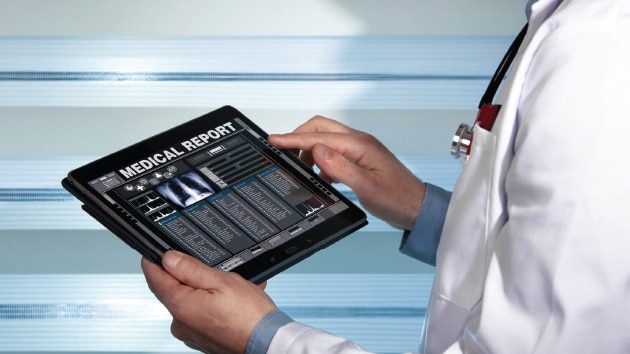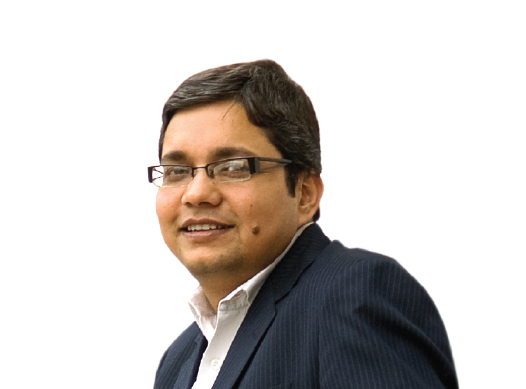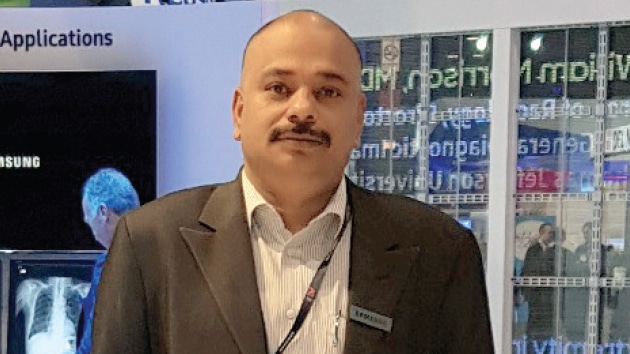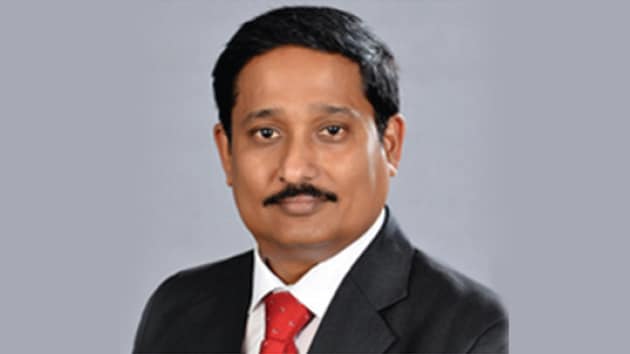

Srinivasa Rao Paturi, Chairman & Managing Director, eVaidya
With eUPHCs like projects, eVaidya is leaving no stone unturned to provide affordable healthcare to rural population. The digital PHCs have ensured full time coverage of out-patient (OP) consultation, basic Lab tests and relevant medicines to be available at the vicinity, says Srinivasa Rao Paturi, Chairman and Managing Director, eVaidya, in conversation with Gopi Krishna Arora of Elets News Network (ENN).
Q eVaidya has taken a slew of initiatives to strengthen rural healthcare to the unreachables. Kindly share some of them.

eVaidya aims at providing healthcare to all and thereby reduces distance and time to healthcare delivery. It began with setting up a virtual clinic in Kannagi Nagar, Chennai, which was widely affected by tsunami in 2014. The clinic used to be operated digitally by healthcare professionals stationed in Hyderabad. The initiative gathered a loud appreciation by IIT Chennai and municipal authorities of Chennai.
The feather in the cap was the pilot project in collaboration with the Andhra Pradesh Government. Named as eUPHC, it was implemented in Vijaywada and Visakhapatnam. The project received lots of appreciation within the country and across the world as one of the best telemedicine models to be implemented so far. The Andhra Government further took a step ahead and converted all the UPHCs into eUPHCs and currently it runs these with the name of Mukhyamantri Arogya Kendramulu.
We have bagged two similar projects in the State of Telangana too and it has been successfully running.

NUHM (National Urban Health Mission) is looking forward for the similar clinics to be established in the State of Karnataka by us.
Q How have you harnessed technology to create best innovative healthcare solutions?
The organisation is led by enthusiastic entrepreneurs with huge work experience in IT and technology. Moreover, our group of directors and advisors have engineers, doctors and administrators. With such diverse minds at work, we could visualise the healthcare necessity in 360 degrees. The IT solutions developed were validated with repeated testing in the field. The whip of medical validations helped to develop current medical advances in the Electronic Medical Records (EMRs). A user friendly software has ensured paperless environment. The data recordings are HIPAA compliant secure architecture.
Q How electronic primary healthcare center and urban healthcare center have improved patient care?
Telemedicine has overcome the unavailability of qualified medical professional in rural setup.
The digital PHCs under our governance have ensured full time coverage of Out-Patient (OP) consultation, Basic Lab tests and relevant medicines to be available at the vicinity.
Q Despite technological advancements and various schemes, the healthcare facilities in rural areas have not improved much. How do you analyse this?
Medical practices involve abundance of empathy. A healing touch to a patient by the healthcare providers results better outcome in diseases. To add to it, the preventive healthcare initiatives have latent period during their ution which takes considerably long time to reflect results.
At certain extent, these factors have worked adversely in showing the improvement on healthcare front in rural sector.
With Governments like Andhra Pradesh and Telangana extending hands in developing technologically advanced healthcare facilities under PPP models which have added a brick to the technological wall of healthcare delivery. We require more Government partnerships to popularise the digital health. It will make healthcare accessible and acceptable to the population.
Q Shed some light over your association with the Government of Andhra Pradesh in healthcare domain. What kind of projects are you working on?
We are working very closely with the Government of Andhra Pradesh for a long time. One of our large initiatives is the Mukhyamantri Arogya Kendramulu in the districts of Visakhapatnam and Srikakulam.
We also work with the department of health and NUHM very closely to advise and support on better healthcare practices for the rural population.
Q How do you rate Indian healthcare industry in terms of technology, innovations, accessibility and affordability?
Definitely Indian healthcare sector is fast progressing, with both Central and State Governments putting lots of emphasis on quality and accessible healthcare facilities. Several schemes on the front of preventive health practices, easy to use facilities, digitisation of health records reflect true intent of the Government.
India, by far, is rated best in terms of adopting new technologies. The usage of mobile phones, apps and internet are maximum in India and hence can be perceived as best used tool in healthcare as well.
However, India is a vast country with huge population, high illiteracy and age-old beliefs in quacks and local practitioners. So it takes more time to bring awareness and confidence in the system.
Also, there are many rural and backward areas which are not even reachable with proper transport and power. The Government must put more emphasis again through a PPP approach to equipped those areas with better healthcare facilities.
Q Tell us your plans about expansion. What kind of innovative solutions are you contemplating to launch?
We are planning to develop effective programmes in terms of preventive measures of NCDs (noncommunicable diseases). Q Tell us about your association with other State Governments. We look forward to partner with other states like UP and Karnataka in providing primary healthcare services.
Be a part of Elets Collaborative Initiatives. Join Us for Upcoming Events and explore business opportunities. Like us on Facebook , connect with us on LinkedIn and follow us on Twitter , Instagram.


